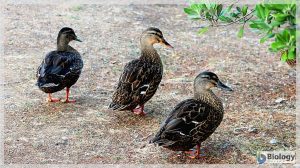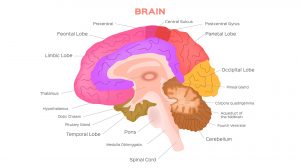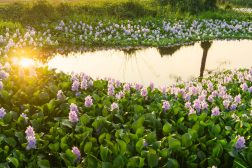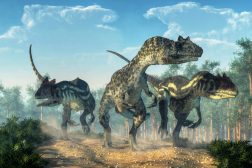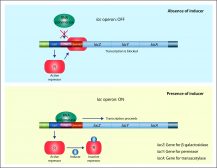Definition
noun, plural: chromoplasts
Any of the coloured plastids associated with pigment synthesis and storage
Supplement
Plastids are organelles involved in the synthesis and storage of food. They are found within the cells of photosynthetic eukaryotes. In plants, plastids may develop into these forms: (1) chloroplasts, (2) chromoplasts, (3) gerontoplasts, and (4) leucoplasts. Certain plastids have the ability to differentiate from one form to another. An example of it is the chloroplasts re-differentiating into chromoplasts during the ripening of a fruit.
Chromoplasts are plastids that are coloured due to the pigments that are produced and stored inside them. They are found in fruits, flowers, roots, and senescent leaves. The colour of these plant organs is associated with the presence of pigments, apart from chlorophyll.
Chromoplasts vary in structural appearance under an electron microscope. They may generally be grouped into five types: (1) globular, (2) crystalline, (3) fibrillar, (4) tubular, and (5) membranous.1 Nevertheless, some chromoplasts may be harder to classify when their structure is rather complicated, such as those of tomatoes that appear both membranous and crystalline in appearance.
Chloroplasts are sometimes regarded as a subgroup of chromoplasts just so to differentiate them from the colourless plastids, the leucoplasts. However, chloroplasts are made distinct from chromoplasts because they are associated mainly in photosynthesis and not in producing and storing pigments.
Synonym(s):
- chromoplastid
- chromoleucite
See also:
Reference(s):
1 Camara, B., Hugueney, P., Bouvier, F., Kuntz, M., & Monéger, R. (1995). “Biochemistry and molecular biology of chromoplast development”. Int. Rev. Cytol. 163: 175–247.

